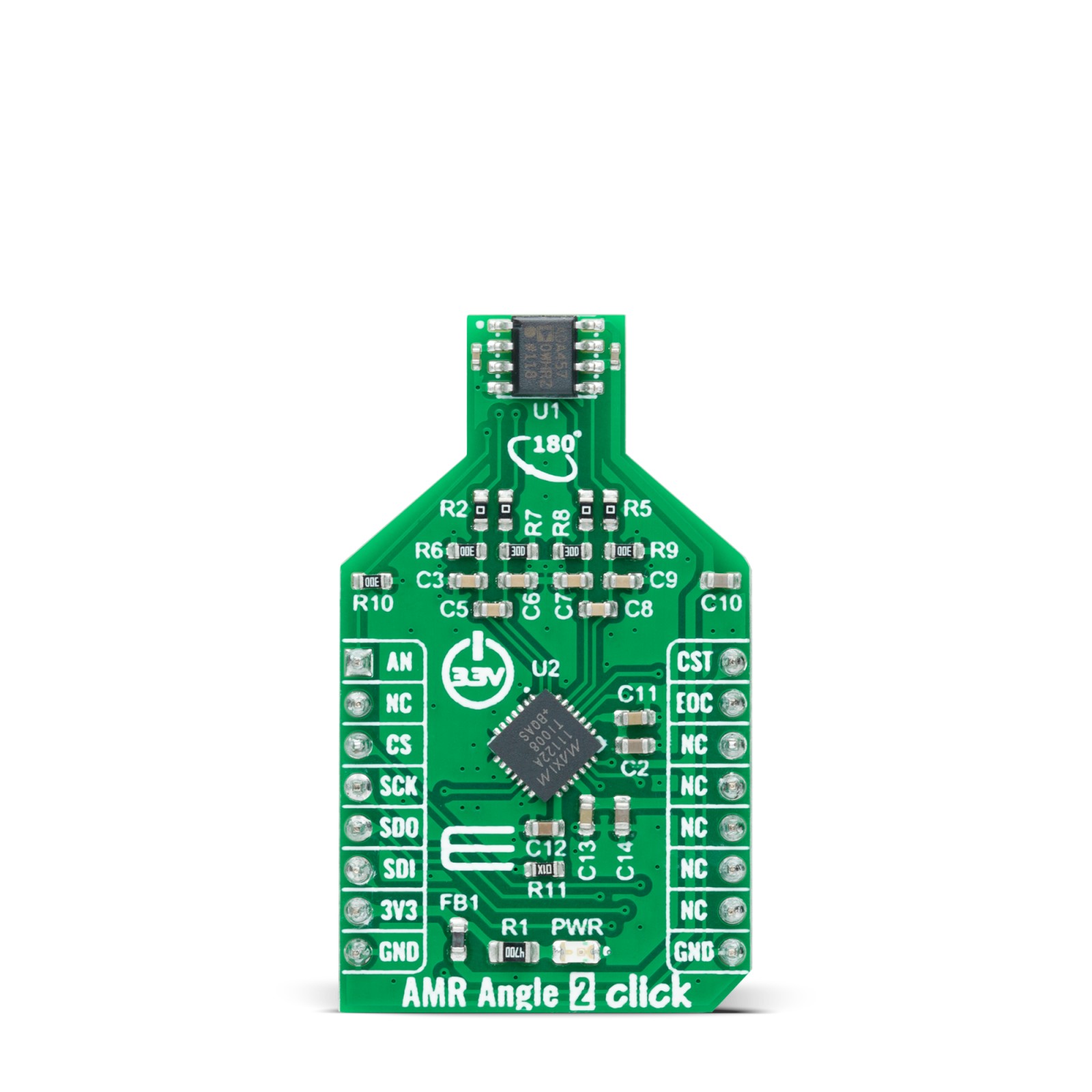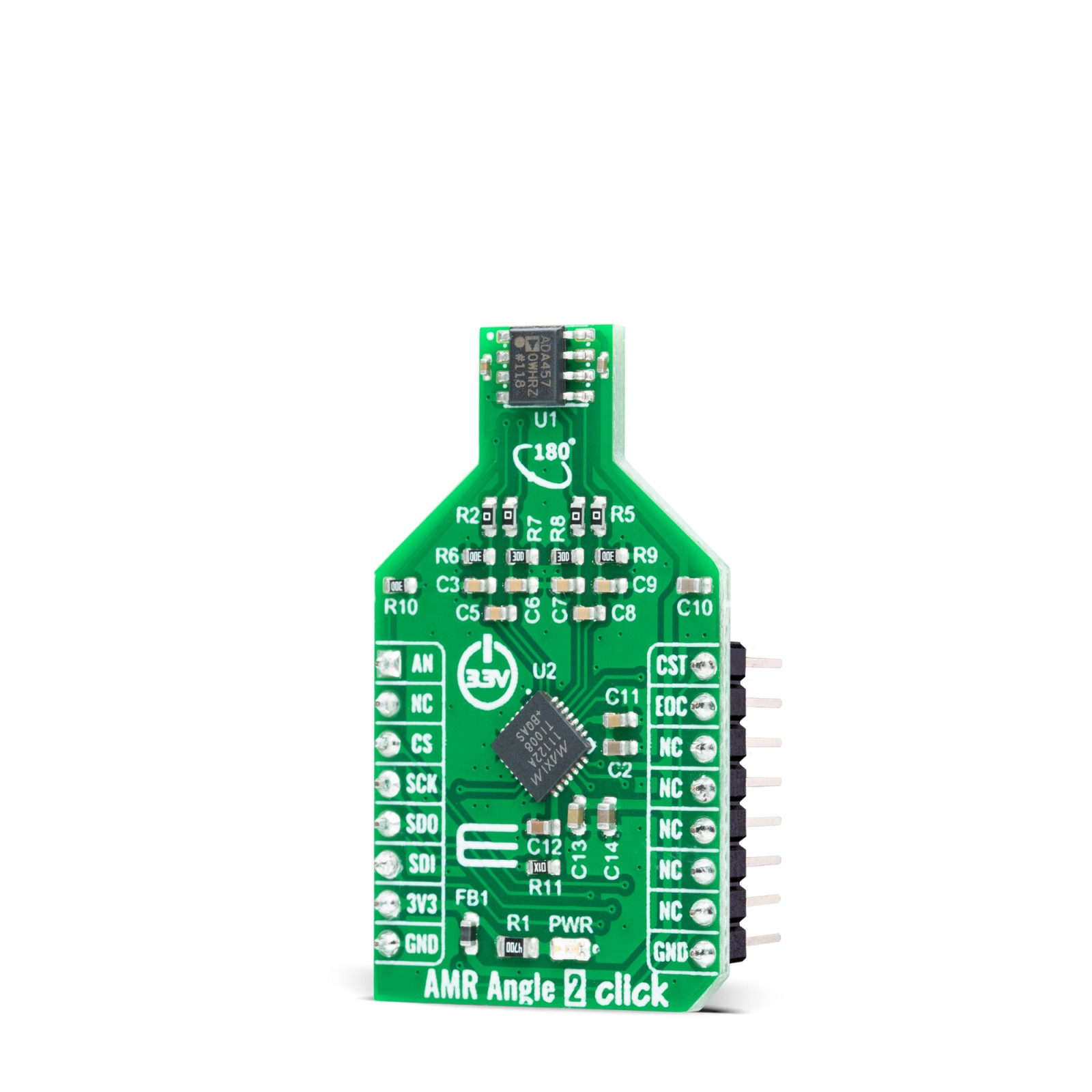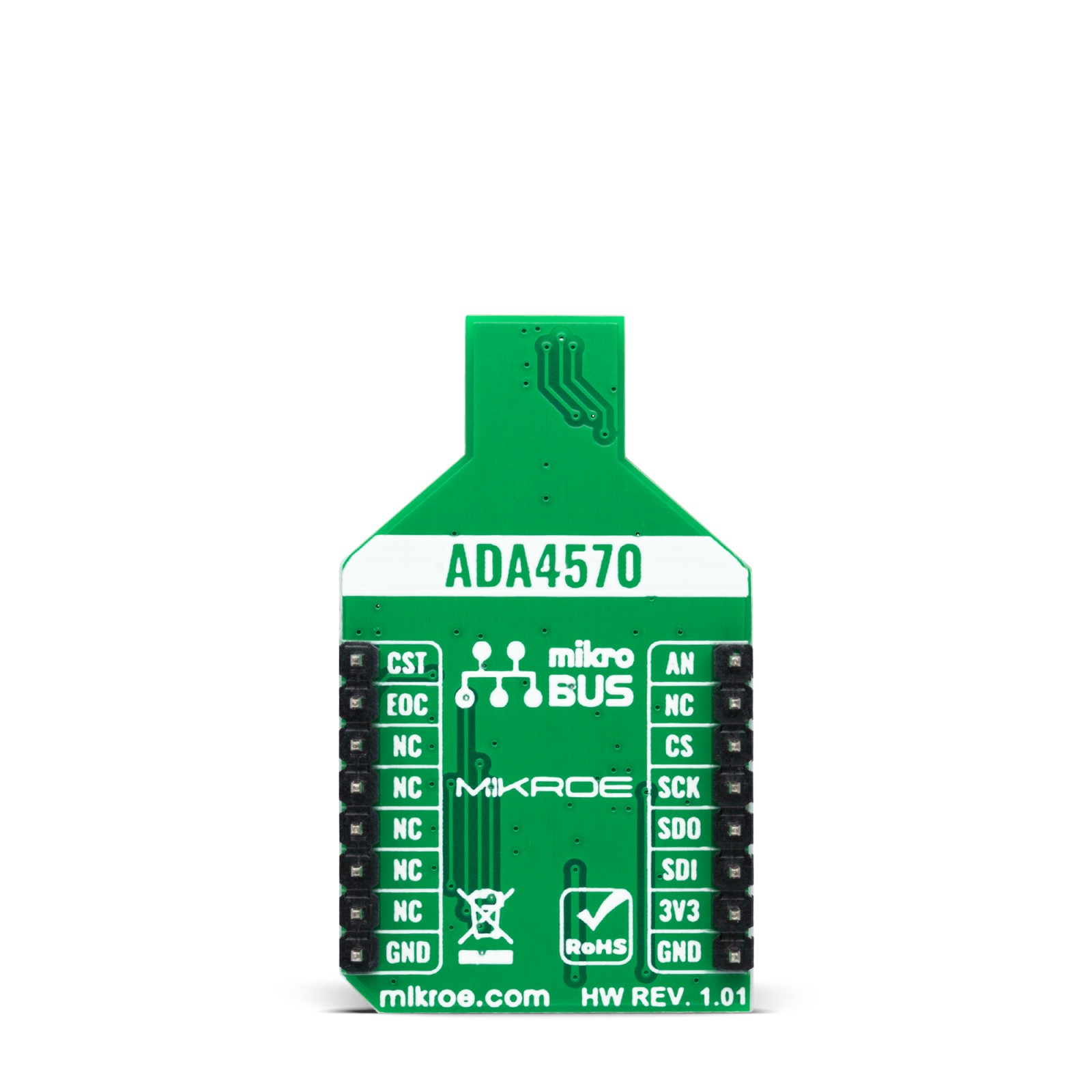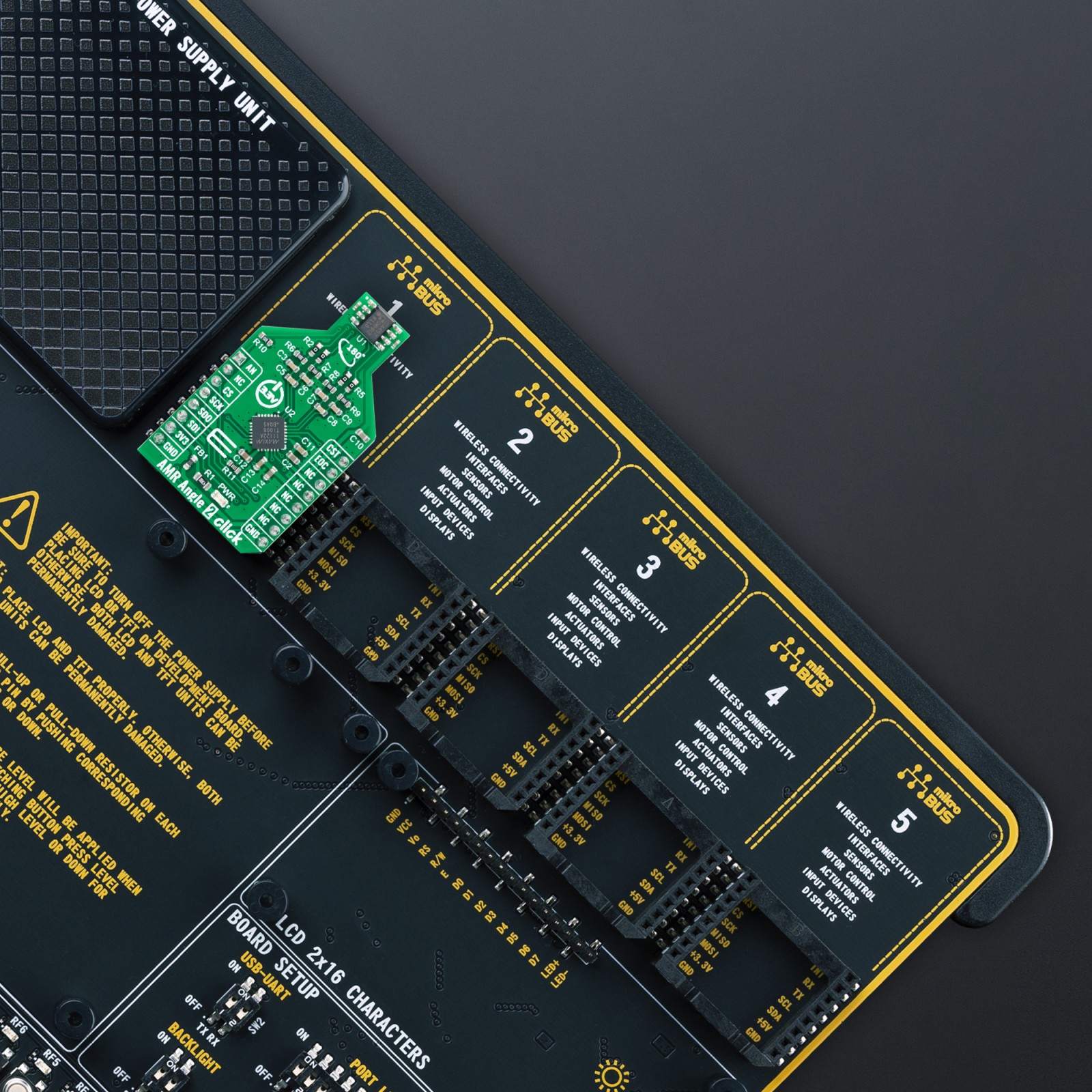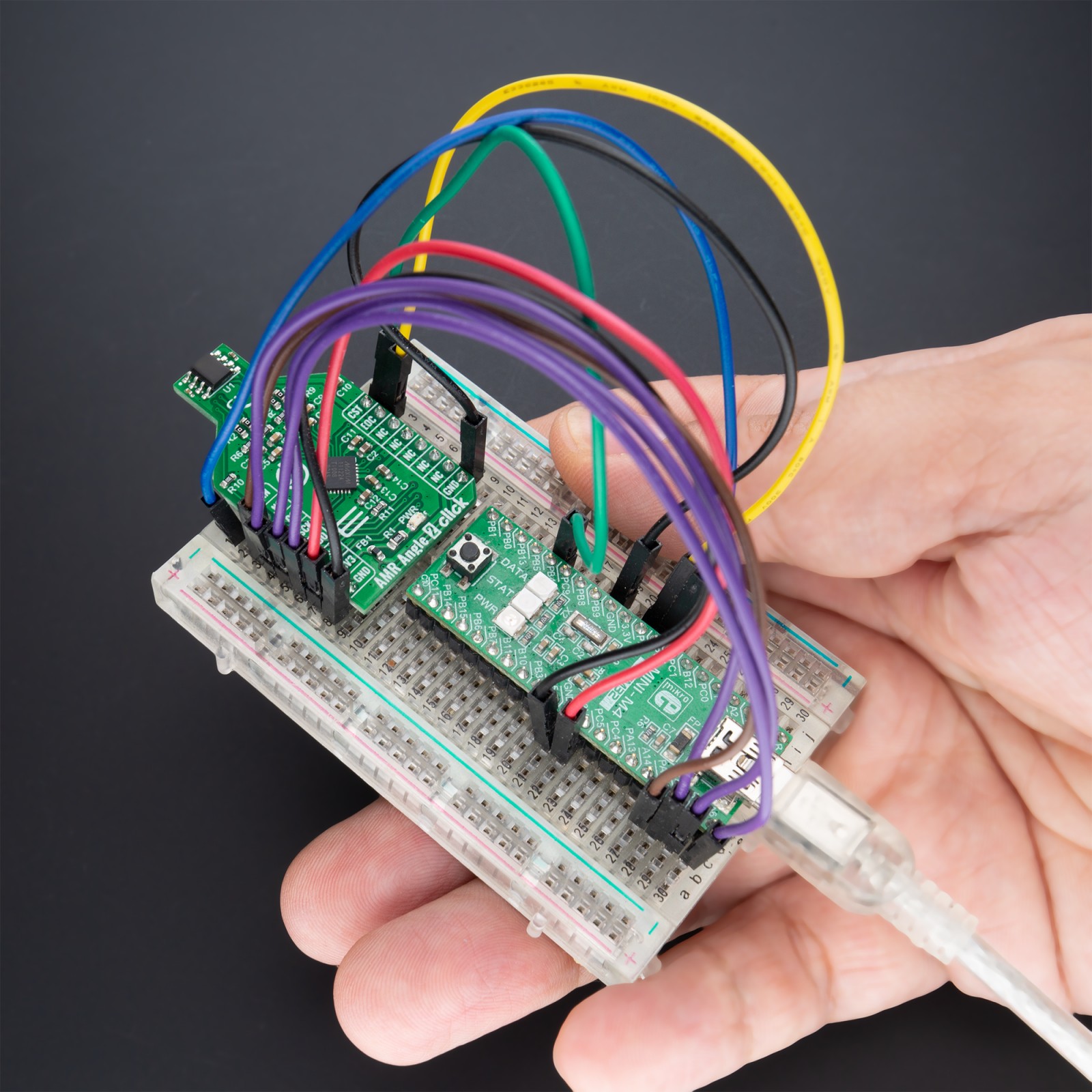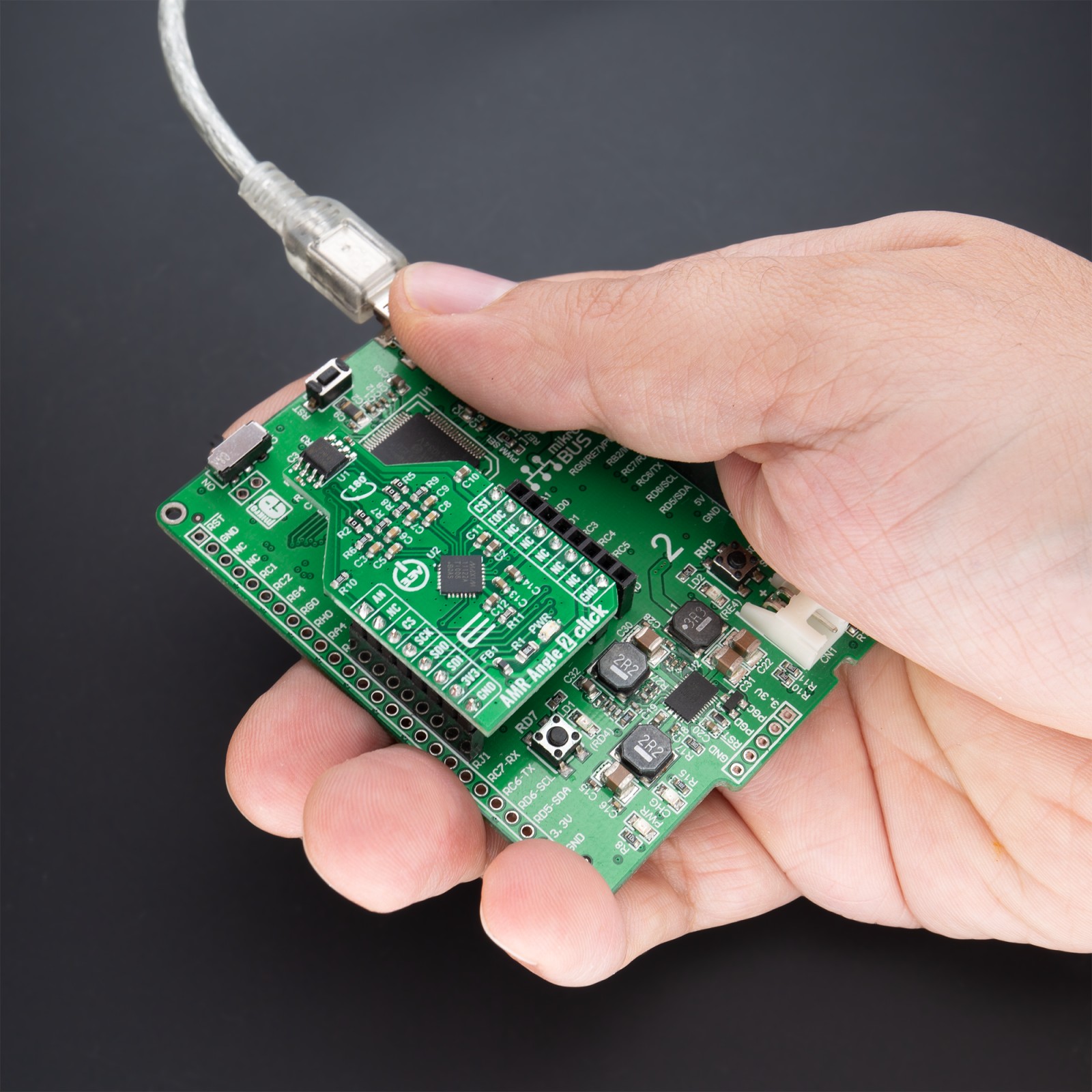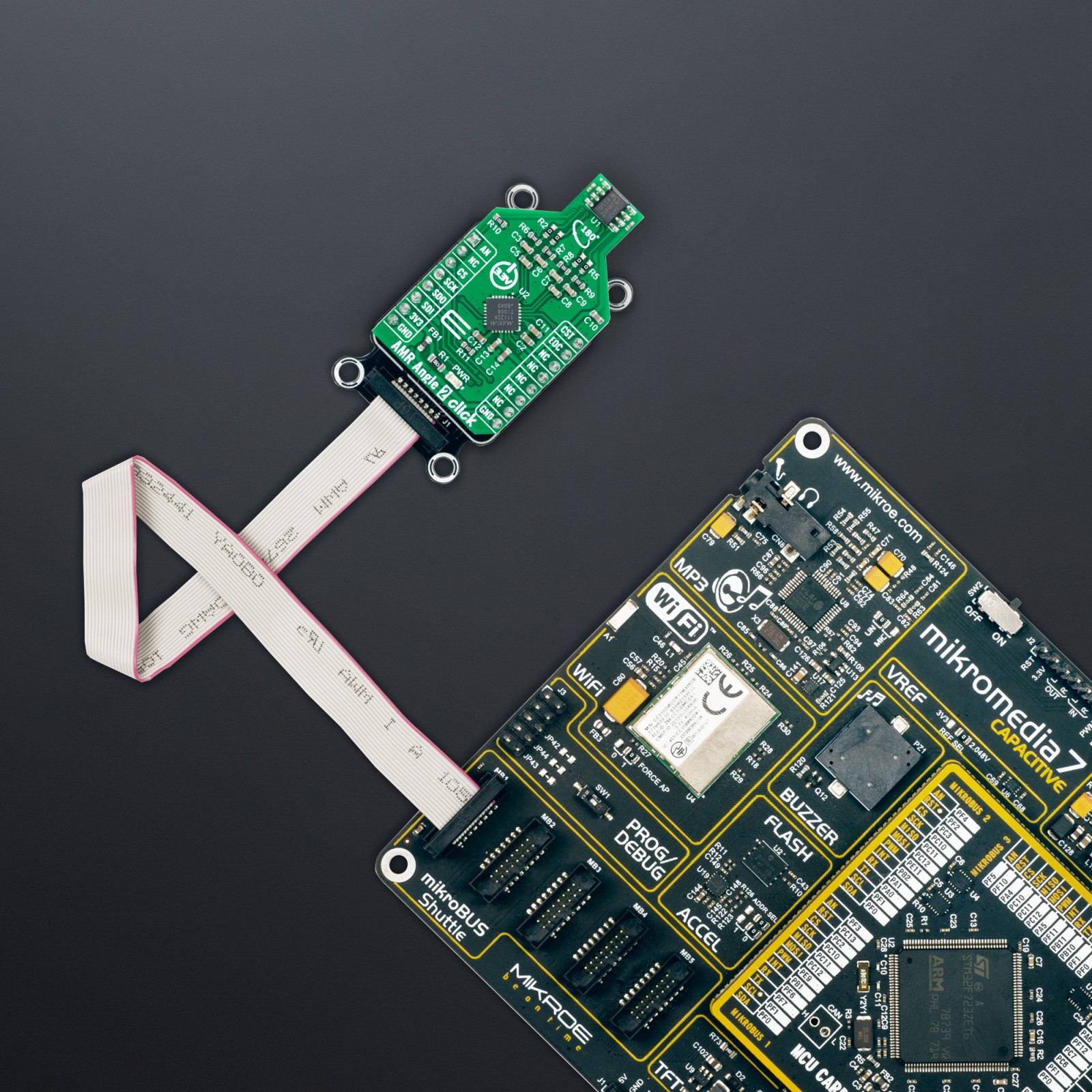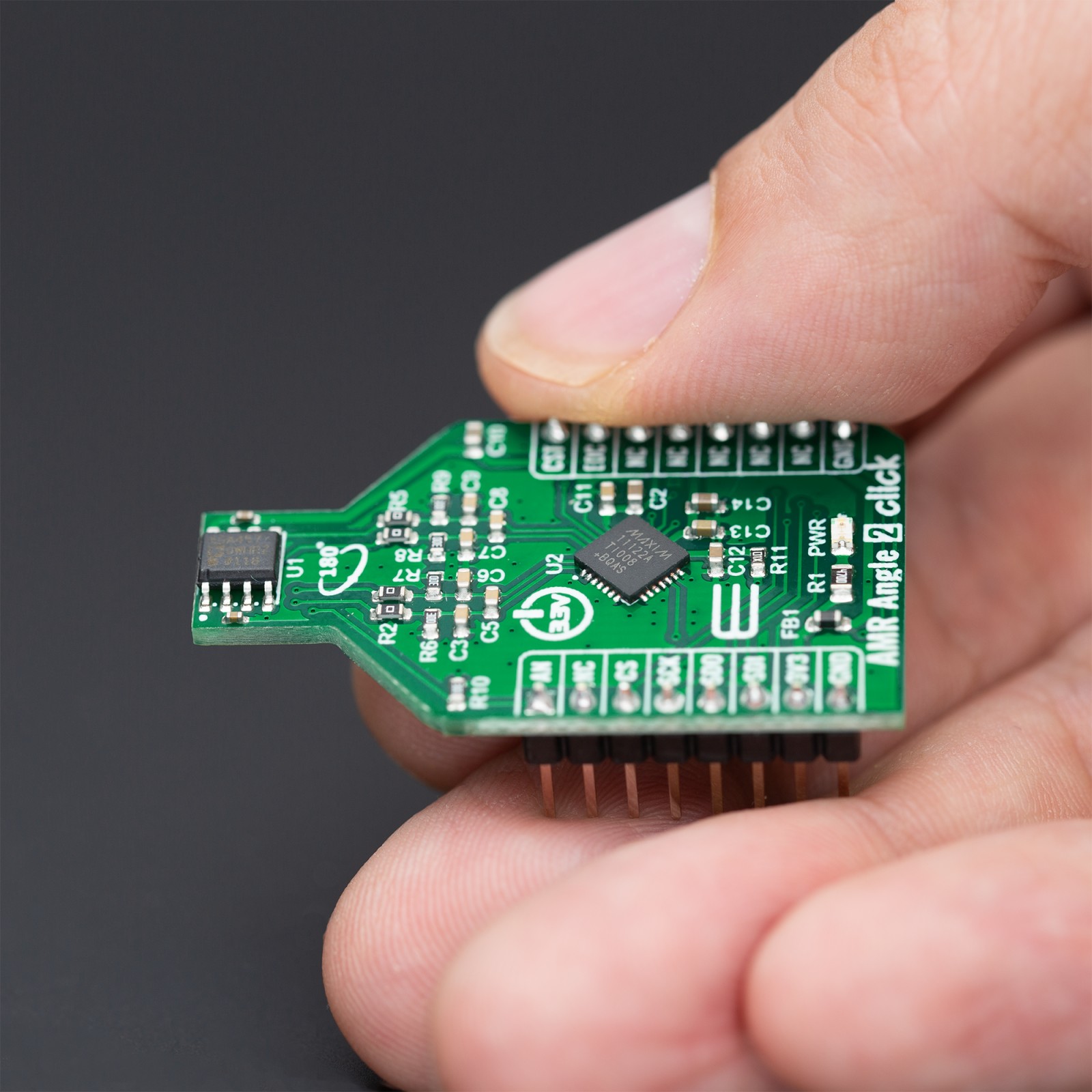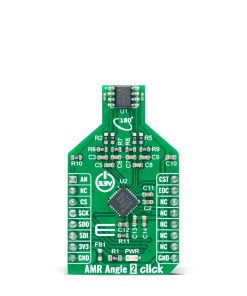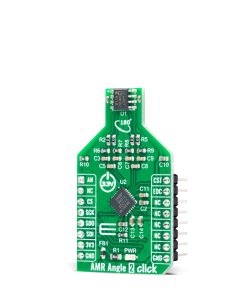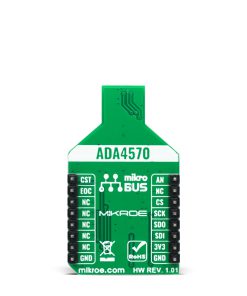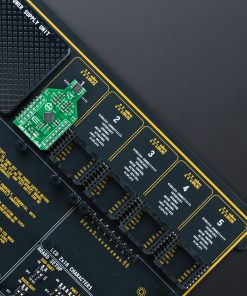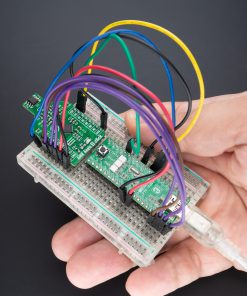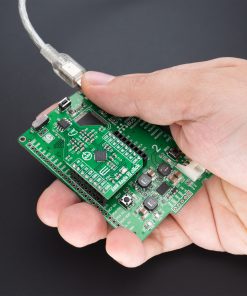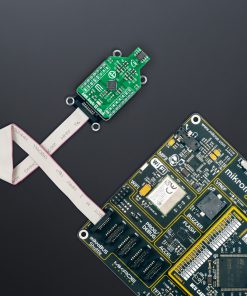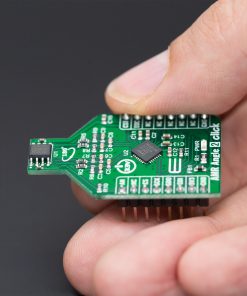-
×
 DIGI POT Click
2 ×
DIGI POT Click
2 × R370.00R333.00 -
×
 RTC Click
1 ×
RTC Click
1 × R390.00R351.00 -
×
 LPG Click
2 ×
LPG Click
2 × R335.00R301.50 -
×
 BEE Click
2 ×
BEE Click
2 × R800.00R720.00 -
×
 Accel Click
2 ×
Accel Click
2 × R355.00R319.50 -
×
 Alcohol 3 Click
1 ×
Alcohol 3 Click
1 × R710.00R639.00 -
×
 METHANE Click
1 ×
METHANE Click
1 × R335.00R301.50 -
×
 MP3 Click
1 ×
MP3 Click
1 × R485.00R436.50 -
×
 GSM-GPS Click
1 ×
GSM-GPS Click
1 × R1,350.00R1,215.00 -
×
 tRF Click
1 ×
tRF Click
1 × R1,050.00R945.00
Subtotal: R7,341.00

